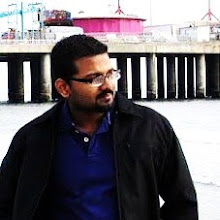“Music speaks what cannot be expressed, soothes the mind and gives it rest, heals the heart and makes it whole, flows from heaven to the soul.” Since the beginning of mankind, music has been the universal medium for sharing emotions and feelings. Despite the obstacles of the differences in culture, music has brought enemies into harmony and also has demolished differences in race or class. In India, music is believed to have unimaginable powers. The great Hindustani classical musician Tansen of Gawalior is believed to have made rainfall through his mastery of the ragas in association with his devotional beliefs. India has been the temple of music even since the Vedic ages. Millenniums later the Persian music intermingled with Indian music. Indian music thus became a ritual part of the lives of civilians in India. This also helped India to spread its cultural colors to its neighboring countries. The musical complexities in India then developed into two gharanas (or organizations) of music; Carnatic classical music and Hindustani classical music. Bharata's Natyashastra has been the origin of the musical traditions which make up Hindustani and Carnatic classical music. Even though both Hindustani classical music and Carnatic classical music share a common discoverer, the Vedic, the distinctness between them has classified them as North Indian music and South Indian music unitedly adding on to the diversity of Indian classical music.
Tuesday, February 1, 2011
Subscribe to:
Post Comments (Atom)


No comments:
Post a Comment